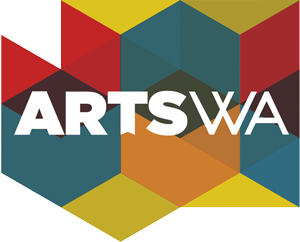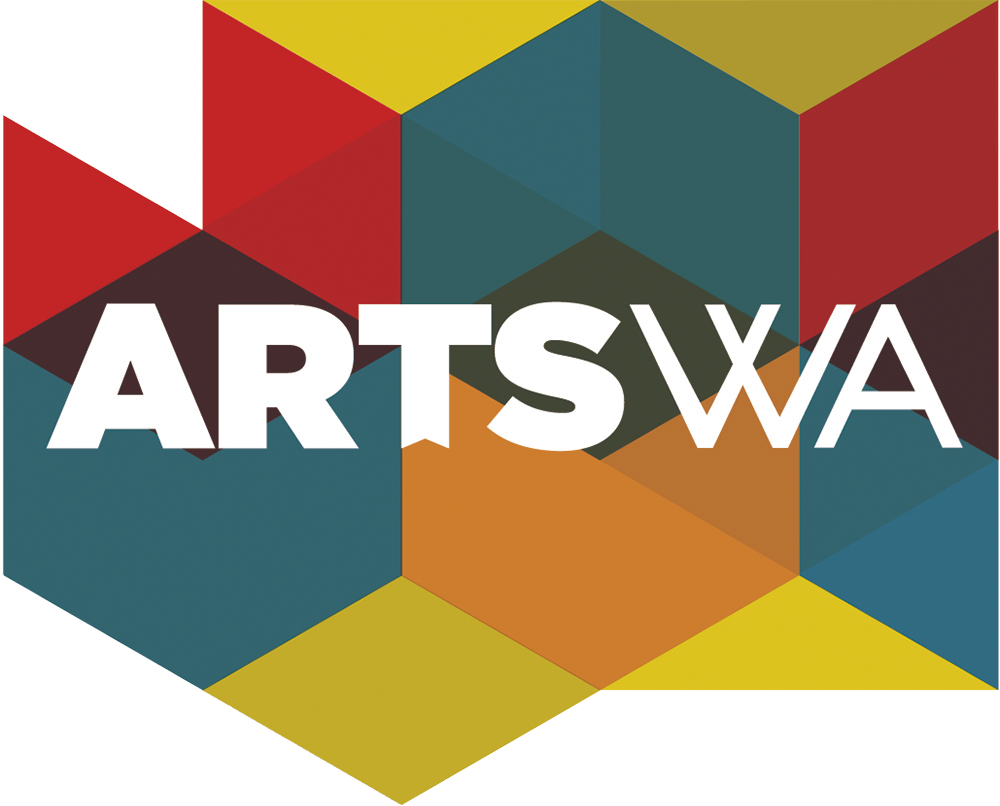Manus, 1994
Magdalena Abakanowicz
(Polish, born 1930, died 2017)
Location: Western Washington University, Bellingham
ABOUT THE ARTWORK
Manus is part of sculptor Magdalena Abakanowicz's 'Hand-Like Trees' series which explores the connections between humans and nature. This 15-foot-high bronze sculpture combines the characteristics of human hands and wrists with the textural surfaces and forms of tree trunks. The sculpture's location is also important: Abakanowicz chose this particular spot on Western Washington University’s campus to connect with both the nearby forest and the activities of students.
This artwork was acquired for the State Art Collection in partnership with Western Washington University.
ABOUT THE ARTIST
Magdalena Abakanowicz (1930-2017) was a celebrated Polish sculptor and fiber artist. She was known for her outdoor installations and her use of textiles as a sculptural medium. Her artworks often feature organic figurative forms and highly textured surfaces.
Abakanowicz studied art at the Warsaw Academy of Fine Arts (1950–1954) at a time when it was very conservative, and only realistic art was acceptable. She was required to take weaving and fiber design classes, and this had a huge influence on her work, as well as that of other Polish artists of the time. Abakanowicz was a professor at the University of Fine Arts in Poznań, Poland, from 1965 to 1990 and a visiting professor and lecturer in the U.S. Her artworks are in collections and public spaces around the world.
ARTWORK DETAILS
| Medium | Bronze |
| Dimensions | 15 ft 4 in x 6 ft 10 in x 4 ft |
| ID Number | WSAC1993.003.000 |
| Acquisition Method | Site responsive commission |
| Artist Location | Poland |
Location Information
| Agency | Western Washington University |
| Artwork Location | Western Washington University South of Academic Instructional Centers, Along East College Way |
| WA County | Whatcom |
| Placement | Exterior |
| Site Type | University |
| Address | 516 High St. Bellingham, WA 98225 |
| Geo. Coordinates | 48.731091, -122.486497 |
| Before Visiting | Some artworks may be located in areas not accessible to the general public (especially in K-12 public schools). Consider contacting the site prior to a visit to ensure access. |
| Map |
Related








